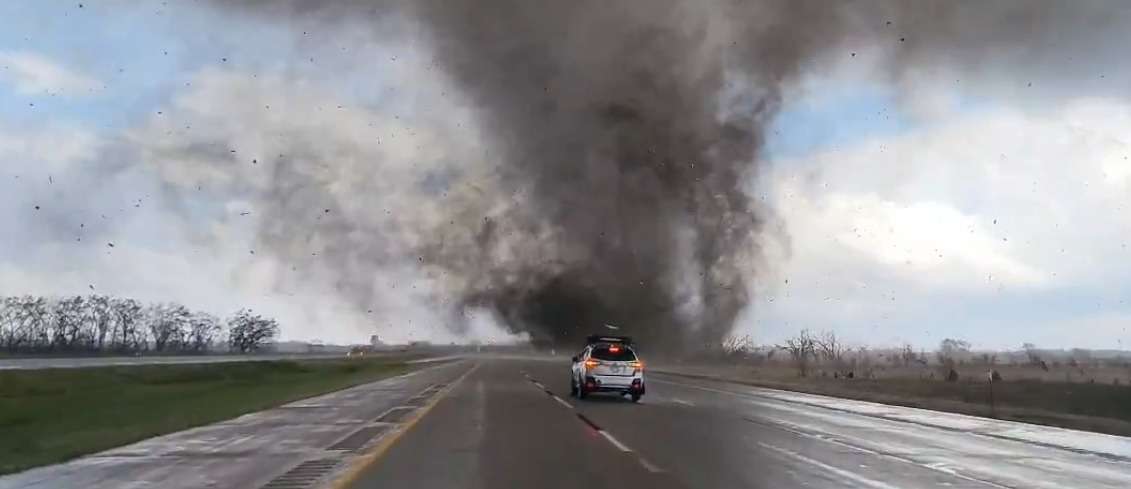:strip_icc()/s01.video.glbimg.com/x720/12184076.jpg)
Climate Refugees: Meet the residents forced from their homes due to global warming
Residents who are forced to leave their homes, leave the place where they live due to global warming, are climate refugees. A reality that tends to become increasingly dramatic, in the era of extremes that the planet faces. Reporters Candace Carvalho and Larissa Relvas go to Louisiana, where water has taken over land that had been inhabited by a local community for decades.
John Borg has lived on Louisiana’s waterways for 56 years. As a fisherman, he saw the changes happening.
“Yes, there was a road here. This bay wasn’t open. This was all dirt, on the left side too. Hard ground,” John explains.
As water levels rose, many islands disappeared. Natural barriers between sea and continent, communities were exposed to the largest bay in the world. The warm waters of the Gulf of Mexico are an incubator for hurricanes.
Brian Haas, director of the Louisiana Coastal Recovery Center, explains the situation in the area. “Our coast is sinking due to chronic erosion. We are suffering the effects of climate change, with stronger and more frequent storms. In 2021, for example, Hurricane Ida swallowed up 274 square kilometers of our coast.
Of the Isle Jean Charles, 98% of the site is now underwater. Of the original lands, only 2% remained. In 2022, Chris Brunet had to leave the house where he was born. “The house was built in 1961, only 30 centimeters off the ground. In 2003, we had to raise the house to the height it is today,” he says.
Population resettlement
The effects of abandonment are everywhere. Out of 400 inhabitants, there are three families living there. The island, which was 90 square kilometers in area, is now one kilometer long and only 300 meters long. So small, you can get from one end to the other in 3 minutes by car.
Breen explains that human-made changes have also contributed to the current scenario. The Great Flood of 1927 was one of the greatest natural disasters the country has ever seen. The Mississippi River, the largest in the United States, burst its banks, killing more than 1,000 people and displacing nearly a million people.
“So that this would never happen again, containment dams were approved for construction on the Mississippi River. But one consequence was that the dams eventually isolated the river. In the spring, water that had been slightly overflowing and carrying sediment that helped support the state’s soil became Coastal Louisiana, trapped in the river “The lack of sediment since the 1950s has caused soil loss at an alarming rate,” Breen says.
In addition, open canals for oil exploration have brought more water closer to coastal communities.
Kelvin Hill is the Louisiana State Housing Program Director and his team is working directly on the resettlement plan for the residents of Jean Charles Island. Budgeted at $48 million, it is the first climate refugee project implemented by the US government.
“We had to earn the trust of the community. They were concerned about losing their history, their ancestors and things that were traditionally important to them,” says Kevin.
Listen to Fantástico podcasts

“Proud explorer. Freelance social media expert. Problem solver. Gamer.”






